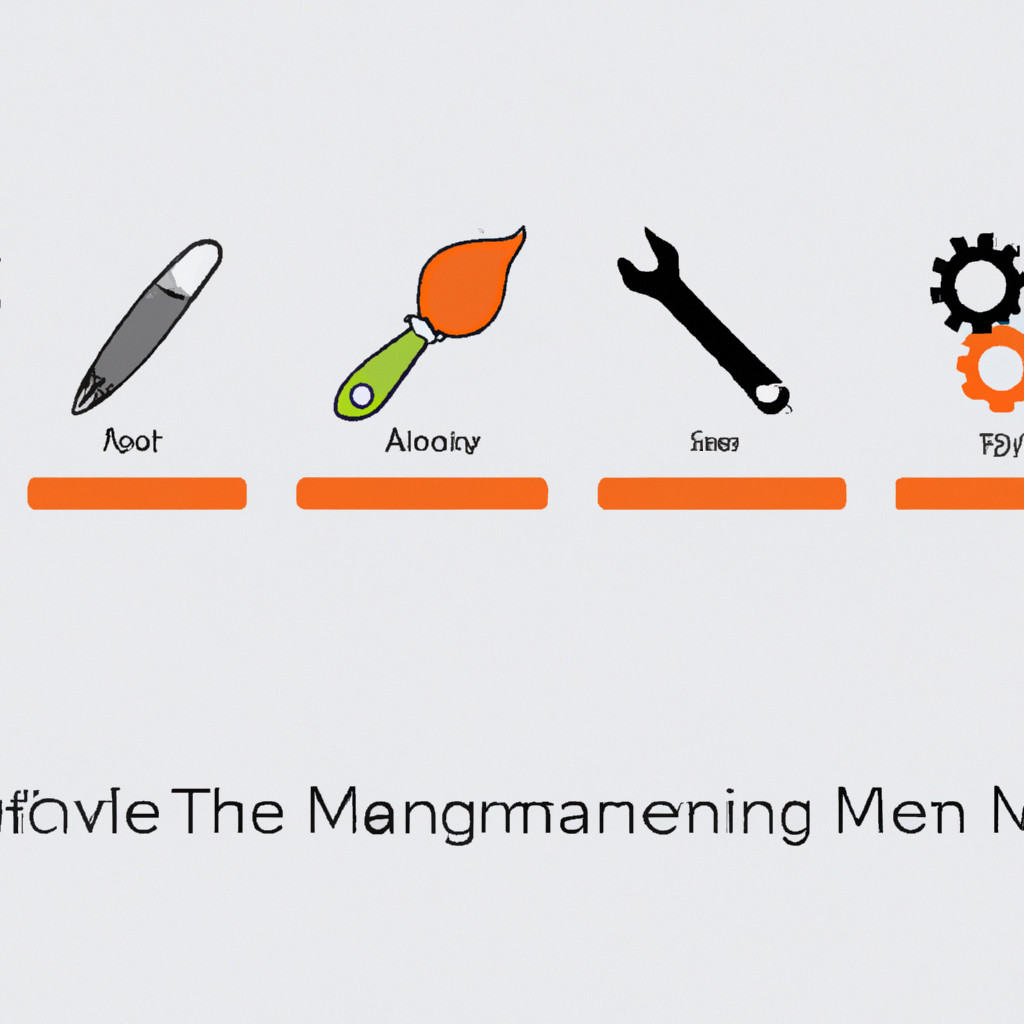With the increasing popularity of agile project management, organizations are seeking ways to enhance collaboration, adaptability, and project success rates. This article explores five agile project management tools that have the potential to revolutionize team workflows.
These tools offer features such as task management, progress tracking, sprint planning, and real-time collaboration, all of which contribute to streamlining project workflows and fostering team collaboration.
By providing insights into each tool’s background, pricing options, and unique functionalities, this article aims to empower teams to work more efficiently and deliver successful projects on time.
Key Takeaways
- Agile project management tools enhance collaboration, adaptability, and project success rates.
- These tools offer features like task management, progress tracking, sprint planning, and real-time collaboration.
- Pricing and flexibility options are available for different needs and budgets.
- Each tool has unique functionalities that set them apart from others in the market.
Background and Features of Tool 1
The first tool provides a comprehensive set of features, including task management, progress tracking, sprint planning, and real-time collaboration, to enhance project workflows and team collaboration.
This tool offers a user-friendly interface that allows users to easily create and assign tasks, set deadlines, and track their progress.
It also provides a centralized platform for team members to collaborate in real-time, allowing them to share ideas, discuss project details, and provide feedback.
In terms of pricing options, this tool offers both free and paid plans, with the paid plans offering additional features and capabilities.
With its robust task management capabilities and real-time collaboration features, this tool is an ideal choice for teams looking to streamline their project workflows and foster effective team collaboration.
Pricing Options for Tool 2
One of the factors to consider when evaluating Tool 2 is its pricing options. Tool 2 offers a range of pricing plans to cater to the varying needs and budgets of organizations. This allows teams to choose a plan that best aligns with their requirements and financial capabilities.
The pricing options for Tool 2 are designed to provide flexibility and scalability, ensuring that organizations can easily upgrade or downgrade their plans as their project needs evolve. This advantage allows teams to have better control over their project management costs and optimize their resources accordingly.
Additionally, Tool 2 offers a variety of features that can greatly enhance collaboration and streamline project workflows. These features include task management, progress tracking, sprint planning, and real-time collaboration. By utilizing these functionalities, teams can improve communication, increase productivity, and ultimately deliver successful projects on time.
Unique Functionalities of Tool 3
A notable aspect of Tool 3 is its unique functionalities that set it apart from other tools in the market. These functionalities offer several benefits to users, enhancing their project management experience.
One key benefit is the advanced task tracking feature, which allows users to monitor the progress of their tasks in real-time. This feature provides transparency and enables teams to identify bottlenecks and take corrective actions promptly.
Additionally, Tool 3 offers a comprehensive analytics dashboard that provides insights into project performance, resource allocation, and team productivity. This feature helps users make data-driven decisions and optimize their project management strategies.
Furthermore, Tool 3 supports seamless integration with other popular project management tools, enabling users to leverage existing workflows and enhance collaboration across platforms.
Overall, the unique functionalities of Tool 3 contribute to improved efficiency, enhanced collaboration, and successful project outcomes.
Task Management With Tool 4
Task management with Tool 4 involves a comprehensive set of features that enhance users’ ability to track, monitor, and optimize their project tasks.
This tool offers a range of functionalities designed to facilitate task prioritization and ensure team accountability. With its task prioritization feature, users can assign priority levels to different tasks based on their importance and urgency. This enables teams to focus on high-priority tasks and ensure that critical deadlines are met.
Additionally, Tool 4 promotes team accountability by providing visibility into task progress and enabling team members to update task statuses in real-time. This promotes transparency and helps team members stay accountable for their assigned tasks.
Overall, the task management features of Tool 4 empower teams to effectively manage their project tasks, optimize workflows, and enhance project outcomes.
Real-Time Collaboration With Tool 5
Real-time collaboration with Tool 5 offers a range of functionalities that enable multiple users to work together simultaneously on a project, promoting efficient and seamless collaboration. This tool enhances team communication and fosters a sense of belonging among team members.
The real-time collaboration feature allows team members to work on the same project simultaneously, eliminating the need for constant file sharing and updates. This not only saves time but also improves productivity as team members can work on different aspects of the project concurrently.
Additionally, real-time collaboration promotes effective communication among team members by allowing them to discuss and provide feedback on the project in real-time. This feature facilitates faster decision-making and ensures that everyone is on the same page, leading to improved project outcomes.
Conclusion
Agile project management tools have become essential for organizations seeking improved collaboration and project success rates. In this article, we explored five top tools that can revolutionize your team’s work processes.
These tools offer features such as task management, progress tracking, sprint planning, and real-time collaboration, enabling efficient project workflows and fostering team collaboration.
By adopting these tools, your team can work more efficiently and deliver successful projects on time, just like a well-oiled machine.
